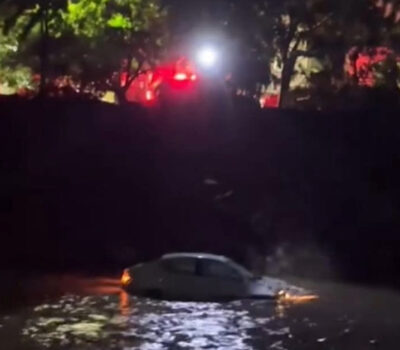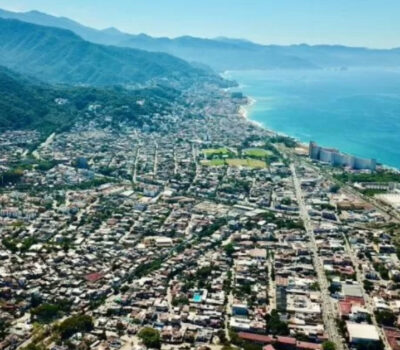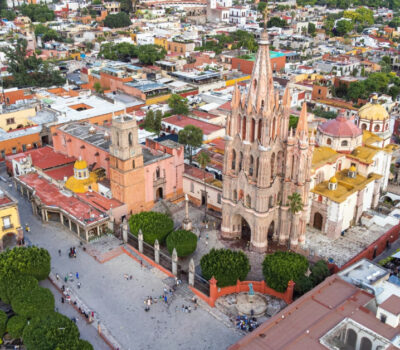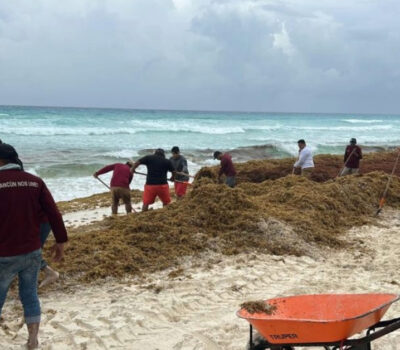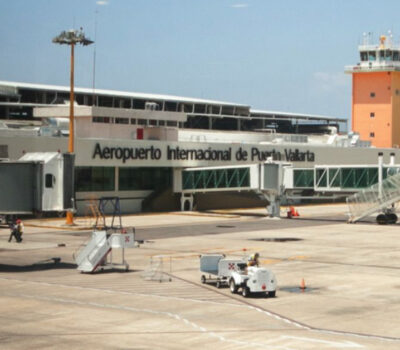The Japanese automaker has already completed initial feasibility studies in both China and Mexico, according to those executives, and “the teams are ready to execute,” as one of them put it. The sources spoke over the last few weeks.
Jim Lentz, head of Toyota’s . . .


